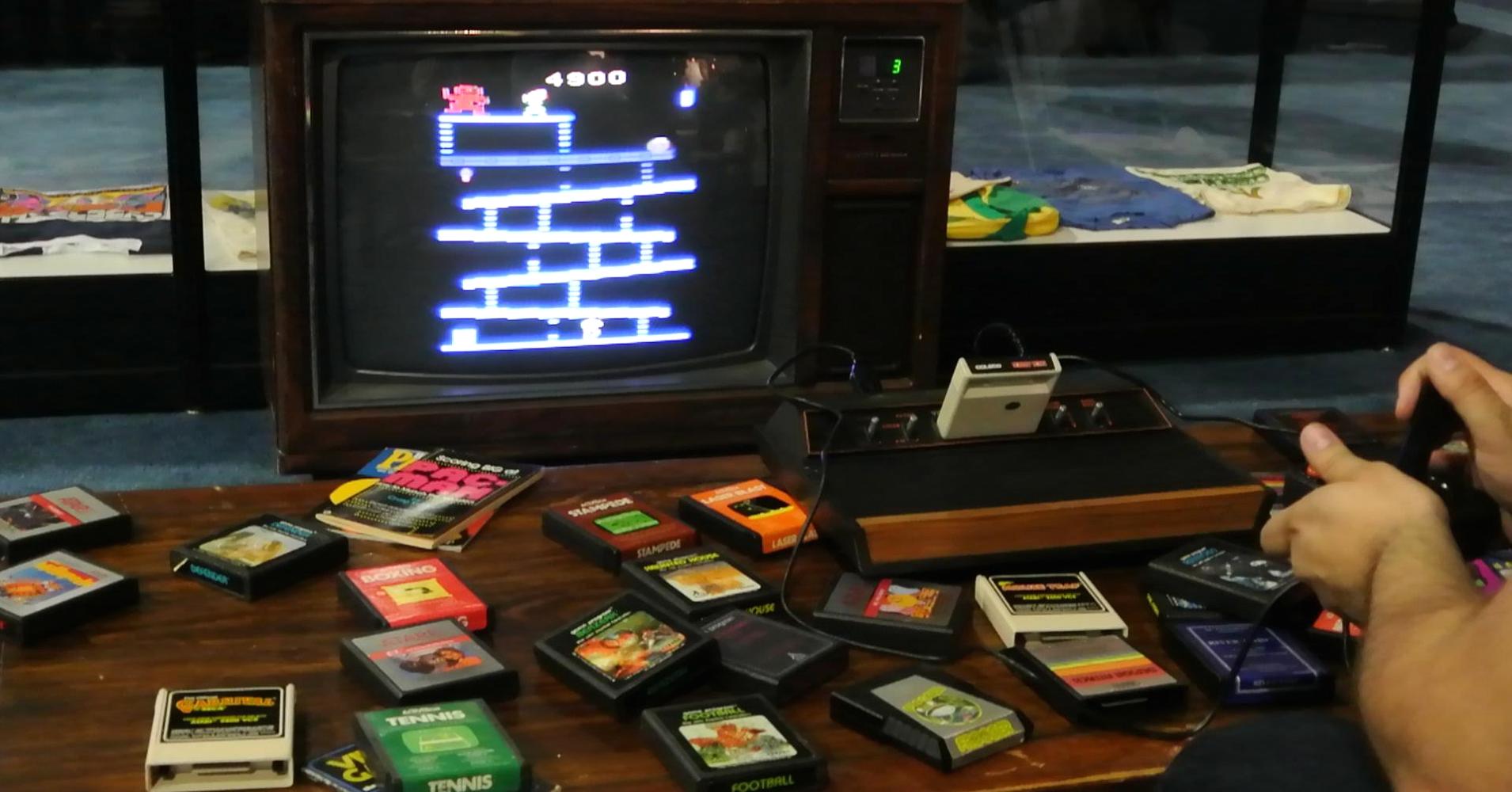
While video gamers in the West might frown at the idea of paying to get an upper hand in games, many of their Chinese counterparts find the practice perfectly acceptable.
Video game companies will want to take notice of that difference.
Such cultural elements influence how companies can make money in the increasingly competitive — but increasingly lucrative — industry, said Tom Wijman, a consultant with market research firm Newzoo.
Noting that the practice of “pay-to-win” in video games is “generally not accepted by Western gamers,” Wijman contrasted that to how many in China accept games that sell progress rewards or in-game boosts.
The difference in gamer attitudes toward such practices may stem from a difference in cultural norms that have developed as a result of the paths taken by the countries’ gaming markets.
Those industries in the East (with the exception of Japan) and West started at very different points, with legislation and purchasing power playing a role in what games ended up being favored by gamers.
The early days of gaming in the West began with watershed moments such as the creation of Atari’s “Pong” arcade machine in 1972 and the company’s subsequent release of “Space Invaders” on its 2600 console. While those titles ushered in a new era of video gaming in the home, the medium has played out quite differently in Asia.
In some instances, gaming consoles were not even legally recognized by the state and were only available on the black market, as was the case in China from 2000 to 2013, said Lisa Cosmas Hanson, managing partner at Niko Partners.
When the ban was officially lifted in 2015, the price ended up being too high for many Chinese consumers, and not many AAA-titles — blockbuster games — were released in the country, she added.
Instead of playing home consoles with major franchises like “Sonic” or “Mario,” many went to cafes, where personal computers were the device of choice.
“In Asian territories such as South Korea and China, the traditional consumption model has been via the PC and originally internet cafe pre-paid game time or subscription,” said Piers Harding-Rolls, director and head of games research at IHS Markit.
Since many of the consumers in those markets were used to paying recurring costs to game, they have “largely migrated to free games with micro transactions” today, Harding-Rolls added.
Micro transactions are in-game sales made with real money in exchange for additional features such as enhanced abilities, characters or content.
In contrast, he said, legacy markets such as the U.S., Western Europe and Japan tend to have a business model that is more mixed in nature, with micro transactions gradually gaining traction.
As video game micro transactions have grown in prominence, they’ve also attracted more criticism.
Things came to a head in 2017 when two of the year’s most anticipated video game titles, Electronic Arts’ “Star Wars Battlefront II” and Warner Brothers’ “Middle-earth: Shadow of War,” faced backlash from gamers due to the inclusion of micro transactions in exchange for so-called loot boxes.
According to the Entertainment Software Association, the gaming industry’s trade association, loot boxes are “a voluntary feature in certain video games that provide players with another way to obtain virtual items that can be used to enhance their in-game experiences.”
The resulting backlash was so strong that EA saw $3.1 billion of its shareholder value wiped out on the stock market less than two weeks after the launch of “Battlefront II.” The pressure was strong enough for the company to announce changes to the game in March this year, with the permanent removal of loot boxes.
Weeks later, Warner Bros. declared it was removing micro transactions from its blockbuster, admitting that the option “risked undermining” the heart of the game.
Despite the uproar, however, micro transactions remain commonplace in today’s video game industry. In China, the world’s largest market for the sector, micro transactions accounted for 88 percent of PC games spending in 2016, according to a report by IHS Markit.
That haul will only grow more impressive as the industry is poised for growth.
A recent report by Newzoo projects the global video games market to be “on track for a decade of double-digit growth” from 2012 to 2021. In 2018 alone, 2.3 billion gamers across the world were expected to spend $137.9 billion on games, the market research firm said.
Looking toward the future, several analysts predicted that cultural distinctions between gaming populations will begin to subside.
“The difference (between East and West) is becoming less pronounced every year,” Wijman said.
While acknowledging that there will likely remain differences in what is accepted culturally, Wijman projected that the industry will shift toward a free-to-play or free-to-start model which is ultimately funded through in-game sales.
Echoing that sentiment, Harding-Rolls said: “Under the surface there may be specific genres of content and approaches to monetization which are prevalent in specific regions, but on the top line I think the differences between regions will continue to slide away.”
“Users clearly wind up spending more money than they would otherwise when they get to choose what they want to pay for,” said Cosmas Hanson.

